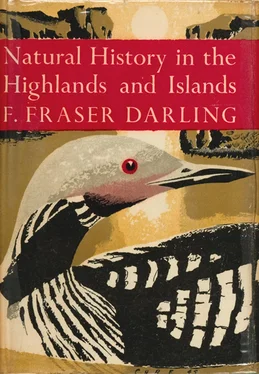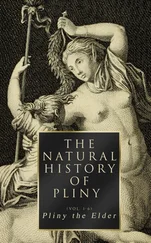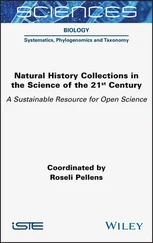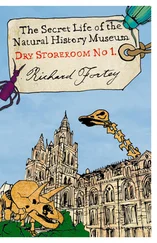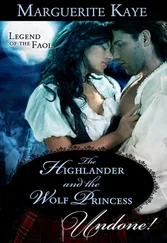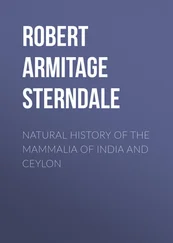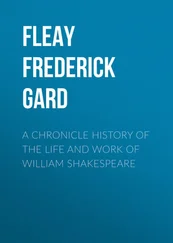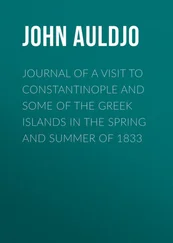1 ...8 9 10 12 13 14 ...21 This far northern area has been treated at some length, because it is the most remote part of the Highlands and one of which detailed studies in natural history have been rare. It may be recommended as an exhilarating and fruitful field for exploration.
South of Loch Broom, the Torridonian hills are more thickly grouped and reach their highest peaks. Their spiry form and the high corries facing to the east are distinctive. The quality of herbage is generally poor and the terraces formed in the lower reaches of the Torridonian hold up the heavy rainfall so that it is often quite impossible to get about dryshod. How different is the nature of the ground from those smooth dry slopes of glacial sand and gravel which are such a marked feature of the Central Highlands! The differences brought about in the vegetational complex have not been sufficiently stressed by plant ecologists in the past. The ground has not been well walked through and explored as yet.
There are two high hills of the Torridonian which have north-eastern corries quite the most magnificent of their kind and few who have seen them both can decide which is the better. This in itself should show how similar are such groups of hills and the forces which moulded them. I allude to An Teallach of Dundonnell (Plate IIIb and Plate 4a), 3,485 feet, and Beinn Eighe, 3,456 feet, between Kinlochewe and Loch Torridon. Each of these hills has three corries facing NNW. to NE. Coire Mhic Fearchair is the most westerly of the corries of Beinn Eighe, and the Toll Lochan corrie of An Teallach is the easterly one of the range. Some of the buttresses in Coire Mhic Fearchair are exceptionally fine and the corrie makes an almost perfect horseshoe, but for myself I think I prefer the Toll Lochan corrie, for the cliff face at the head of the lochan is of greater depth and of superb architecture, nearly 1,800 feet of it.
Between An Teallach and another corried Torridonian peak, Beinn Dearg Mor, 2,934 feet, is the broad amphitheatre known as Strath na Sheallag, at the head of Loch na Sheallag, from which the Gruinard River runs. This strath is beloved of the deer, and though so remote it draws cattle, sheep and ponies to it from far away. Just as An Teallach has Beinn Dearg Mor as an outlier, so has Beinn Eighe her Beinn Dearg, 2,995 feet, almost a replica of its cousin of Strath na Sheallag. Liathach, 3,456 feet, Beinn Alligin, 3,232 feet, and Slioch, 3,217 feet, these are just three more of these splendid Torridonian peaks—clear of peat from 1,750 feet upwards and often topped with a white cap of quartzite boulders. The sudden change from wet peat-laden terraces to the upper slopes of bare rock, or thin covering of brash and alpine vegetation, results in a sharp snow line in winter which gives these hills a special seasonal beauty. This sudden cessation of the peat immediately allows a different flora, one of plants which can withstand droughts and sudden changes of humidity, and which prefer sweeter conditions than are possible on peat. Here and there among the alpine poa grass and viviparous sheep’s fescue are straggling plants of dwarf juniper, clinging close to the rock. Sea pink and thyme are also to be found on the gravel. Eagle, peregrine falcon and wild cat abound in this country, and as it is all deer forest and not grouse moors of any consequence, the eagle is allowed more sanctuary than it has been given farther south and east.
The glens of the Torridonian area of the North are often well wooded. They have been owned by people with a fair (or perhaps unfair!) measure of worldly riches, who have been able to spend a good deal of money on planting for amenity. Take Dundonnell for example, at the head of Little Loch Broom: the loch side is bare of trees and is given up to crofting townships, but soon after the head of the loch is reached one is into a fine wooded glen. There are a few hundred acres of Scots pine of greatly varying density stretching up the southern side to an altitude of 1,000 feet. There are alders, oaks, rowans, and hazels along the river bank, and some hundreds of acres of birch at the head of the glen reaching up to 1,500 feet. But all round the cultivated strath and the house which was built in 1769 there are signs of planting for beauty: limes, many fine beeches, sycamores, ashes, elms, oaks, chestnuts and big old geans; and until a few years ago there were many acres of fine larches on the north side. The wild life of such a glen is obviously profuse and varied. We have these men of a past age to thank for planting that which we now enjoy, just as we may blame those of a century earlier who were denuding the Highlands of timber.
Loch Maree is another place where there are some very fine woods, but here the sub-arctic quality of the northern zone is being lost and replaced by the complex of sub-alpine vegetation. Near where the Ewe River from Loch Maree goes into the sea in Loch Ewe there is a famous garden which grows a great variety of rhododendrons and azaleas and many sub-tropical plants and plants from Oceania. This is just another facet of the Highland paradox, the garden at Inverewe lying between the stark precipices of Ben Airidh Charr and the bare windswept slabs of Greenstone Point where the sea is never still. And if I may add one more touch of paradox, I saw a kingfisher on the rocks at Greenstone Point at the edge of the tide, one September day.
RELIEF AND SCENERY ( continued )
THE WESTERN HIGHLANDS OR ATLANTIC ZONE
SOUTH of Skye the coasts of the West Highlands fan out much more than to the north of that island. Indeed, there are several considerable islands reaching out into the Atlantic. The Outer Hebrides are not masking the influence of the Atlantic on this area as they do on the north coast of Skye. The influence of the Atlantic Ocean on this zone is both direct and inhibitory, and indirect and encouraging to a wealth of plant growth. The island of Islay, for example, changes character completely between its western and eastern halves. On the Atlantic side there is the lack of trees and shrubs and the presence of short sweet herbage salted by the spray from innumerable south-westerly gales, whereas there are beautiful gardens, palm trees and some forestry on the south and east sides. The Rhinns of Islay on the Atlantic coast are not heavily covered with peat as is a good deal of the eastern half. Islay is an island of many good arable farms, and it has several square miles of limestone country.
The waters of the North Atlantic Drift cast up on these Atlantic shores pieces of wood and beans of West Indian origin, and plants such as the pale butterwort ( Pinguicula lusitanica ), pygmy rush ( Juncus pygmaeus ) and the moss Myurium Hebridorum which occur again on British coasts only in the south-west, here turn up in fair numbers. The pale butterwort occurs in the bogs of Portugal and western Spain, and on the west coast of France; Myurium moss is found in the Azores, the Canaries and St. Helena as well as in our Outer Isles. Dwarf cicendia ( Cicendia pusilla ) has also turned up in this zone, though previously found in the British Isles only in the Channel Islands. More recently, Campbell and Wilmott (1946) have found another Lusitanian plant in Stornoway Castle park, namely Sibthorpia europaea. The work of Professor Heslop Harrison and his group from the University of Durham should be consulted. It is his opinion that these western cliff edges escaped the last glaciation and thus their Pleistocene flora was not exterminated. Others hold that the flora must have been introduced since then.
Jura is not so well served with the rich quality of vegetation we may find in Islay or even in small Colonsay and in Mull. It is composed of quartzite, which is poor stuff. Jura is also heavily covered with peat and suffers in consequence. A thick blanket of peat has a very great depressing effect on the variety of vegetation and in limiting the growth of deciduous trees. Jura is an island of high hills. The Paps rise to 2,571 feet and are quite rough going. It was on these hills that Dr. Walker of Edinburgh in 1812 conducted his classic experiment on the differential boiling-point of water at sea level and at the top of the Paps. Jura has a very small population of human beings on its nearly 90,000 acres. The island is so poor that its long history of being a deer forest will probably continue. In mythological literature Jura appears as being uninhabited and a place where heroes went a-hunting. It was on Jura during the latter part of the 19th century that Henry Evans conducted careful studies on the red deer. His were the first researches of a scientific character on Scottish red deer, yet he never set out to be more than a scientific amateur.
Читать дальше
